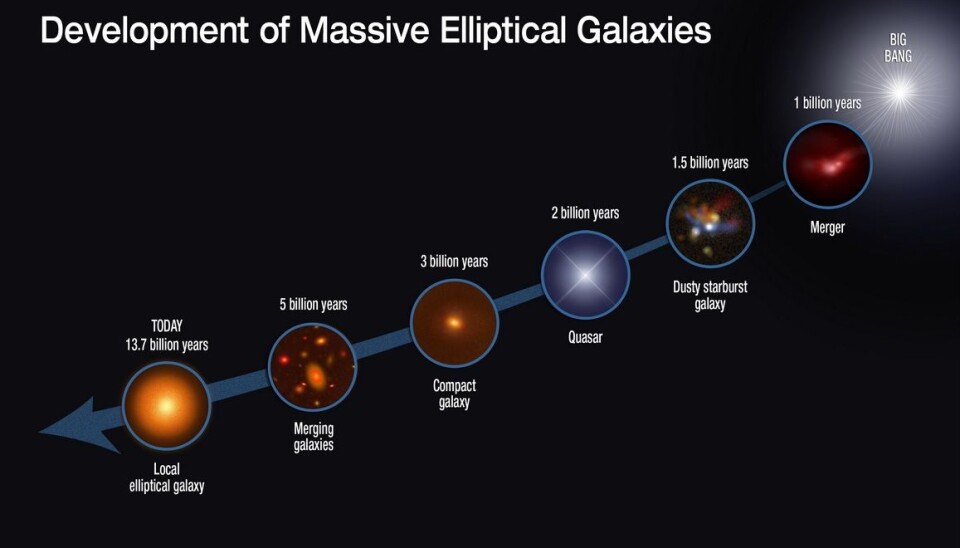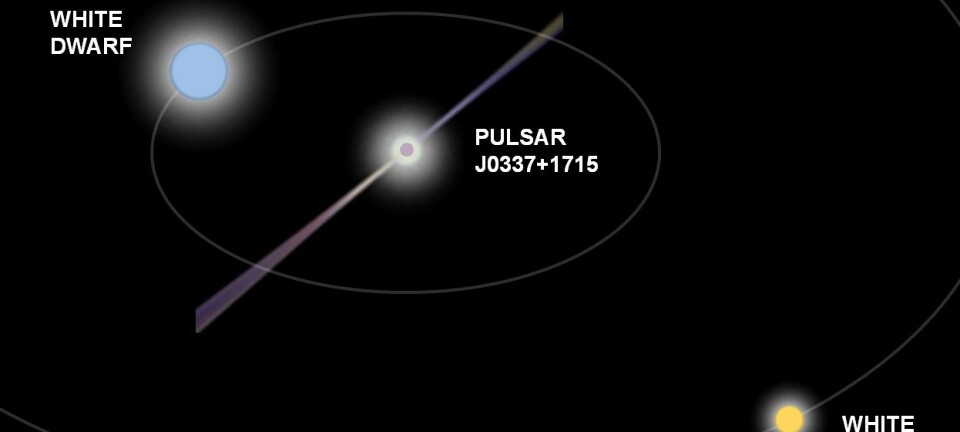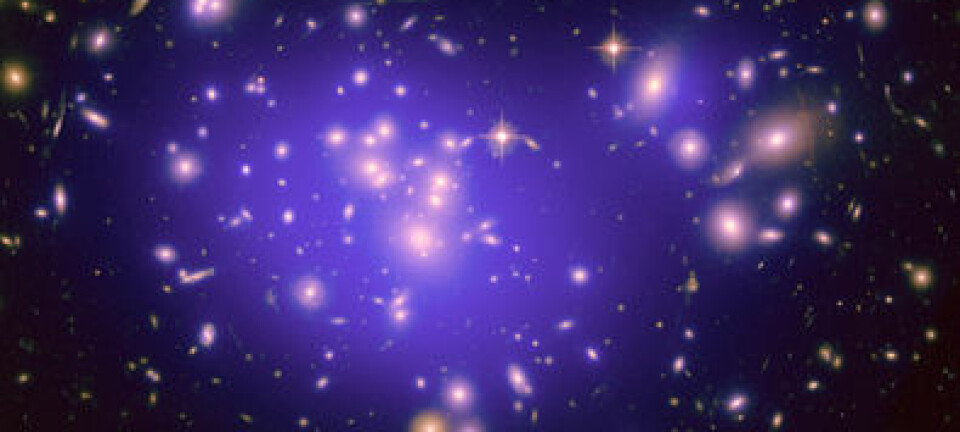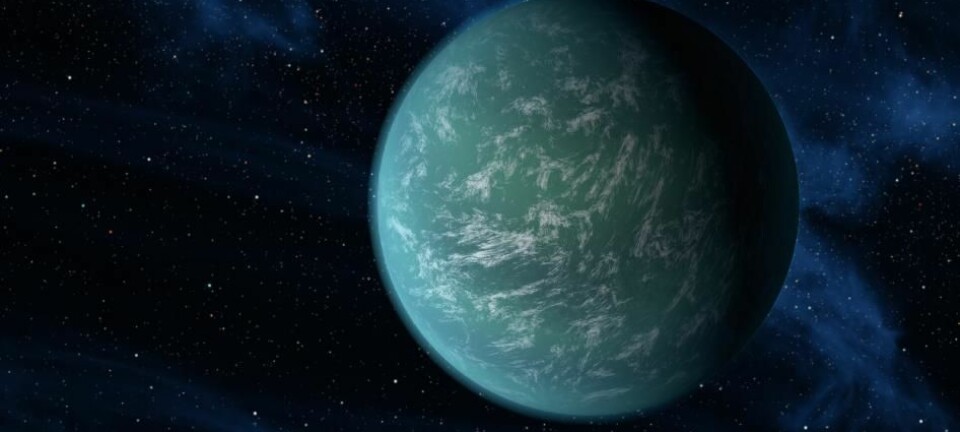
Collisions made early galaxies grow huge
The mystery of why massive galaxies existed in the early universe may now have been solved. New research shows that the galaxies were formed as a result of a collision of galaxies and the subsequent explosive formation of stars.
Some three billion years after the Big Bang the early universe contained massive galaxies, which were already old by that time and therefore did not form new stars.
Now these galaxies managed to grow so big so quickly has been one of the great mysteries of the universe.
New research from the Niels Bohr Institute at the University of Copenhagen, Denmark, reveals that these enormous galaxies were formed by explosive star formation that was set in motion by the collision of galaxies a few billion years following the Big Bang.
Galaxies should have been under constant construction
Today, 13.8 billion years after the Big Bang, we’re seeing many big galaxies. Our own Milky Way is spiral galaxy containing around 200 billion stars. The galaxies consist of stars, gas and dust, and the earliest stars were formed shortly after the Big Bang.
These early stars, astronomers believed, collided and formed so-called baby galaxies, which then gradually grew larger and more massive by colliding with other small galaxies nearby, thus forming new and larger galaxies. This is a process that takes a long time, and the largest galaxies in the universe we know today were therefore thought to have been under construction throughout the history of the universe.
Existing theory is inaccurate
According to this theory, there were no large galaxies back when the universe was only three billion years old. However, observations have shown that there were galaxies back then that were just as massive as today’s large spiral galaxies.
The stars in these early galaxies were squeezed into a small area, so that these galaxies were around three times smaller than today’s galaxies of similar mass.
Danish researcher found new explanation
Sune Toft, an associate professor at the Dark Cosmology Centre at the Niels Bohr Institute, decided to take a look even further back in time.
He had a theory that in the early universe there was a fusion of smaller galaxies, but that alone could not explain how they had become so massive so quickly and were already dead. The theory was therefore that there must have been some especially extreme galaxies in the formation process.
Having studied so-called SMG galaxies (galaxies dominated by intense star formation hidden under a thick blanket of dust) Toft managed to explain how the star formation had stopped as early as it did in these galaxies.
When such gas-rich galaxies merge, all of the gas is driven into the centre of the system where it ignites an explosion of new star formation. A multitude of stars are formed in the centre and the galaxy quickly becomes very compact. However, with the explosive star formation, the gas to form new stars is also used up extremely quickly and then you get a dead galaxy.
-------------------
Read the Danish version of this article at videnskab.dk











